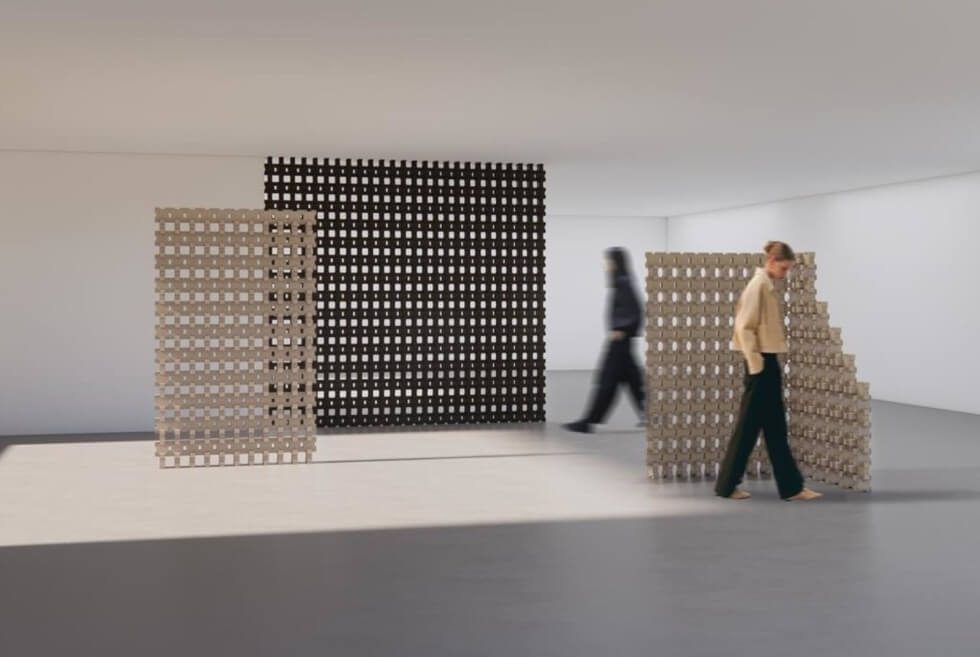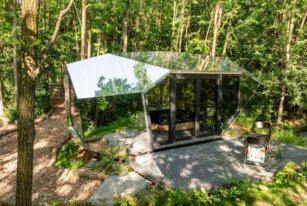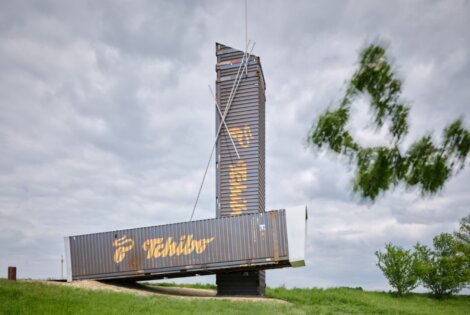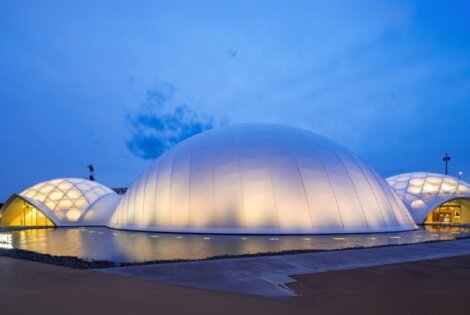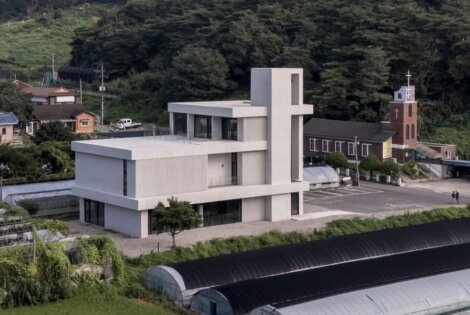Adapting a more circular approach in architecture is a challenge given concerns over the structural integrity of certain building materials. Specifically, using biodegradable materials for small to large-scale architecture is not easy. But a team of designers from Seoul National University’s Living Design Lab found great use of discarded eggshells for such purpose, with the aptly named Re:shell product.
Construction waste mostly only end up in landfills and it’s a crisis relevant in South Korea amid its rapid urbanization and demolitions. The nation’s waste management problem accounts 45% of its total waste to construction materials.
The team presents Re:shell as a sustainable option to help curb this growing problem. They chose eggshells for its abundance and ease of collection from local bakeries and restaurants. Moreover, its main component, calcium carbonate, is a vital ingredient in cement that offers strong binding and hardening qualities.
The eggshells in this case undergo a series of process to ensure structural integrity. They are washed, dried, and then grounded to fine powder, wherein they are mixed with natural additives to enhance their properties. These include red clay for enhanced durability, wheat bran for a smoother texture, and straw for greater flexibility and lighter weight.
Re:Shell showed exceptional hardness in strength tests and visible signs of natural decomposition when buried in soil. This means, they return to earth at the end of its life span. The team successfully created a zero-waste composite shaped into a series of interlocking brick-like elements, like Lego blocks. The prototypes created for the material echo Korean traditions like the portable soban tables and room dividers. The versatility of its purpose also extends to household objects, decorative items, or even furniture pieces.
Learn More Here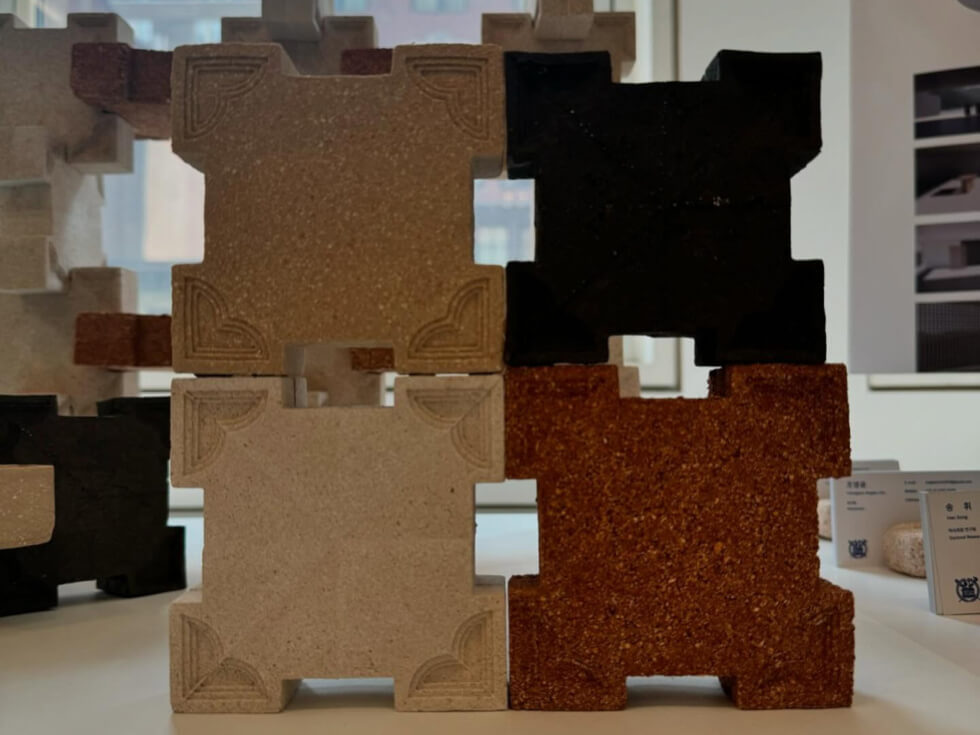
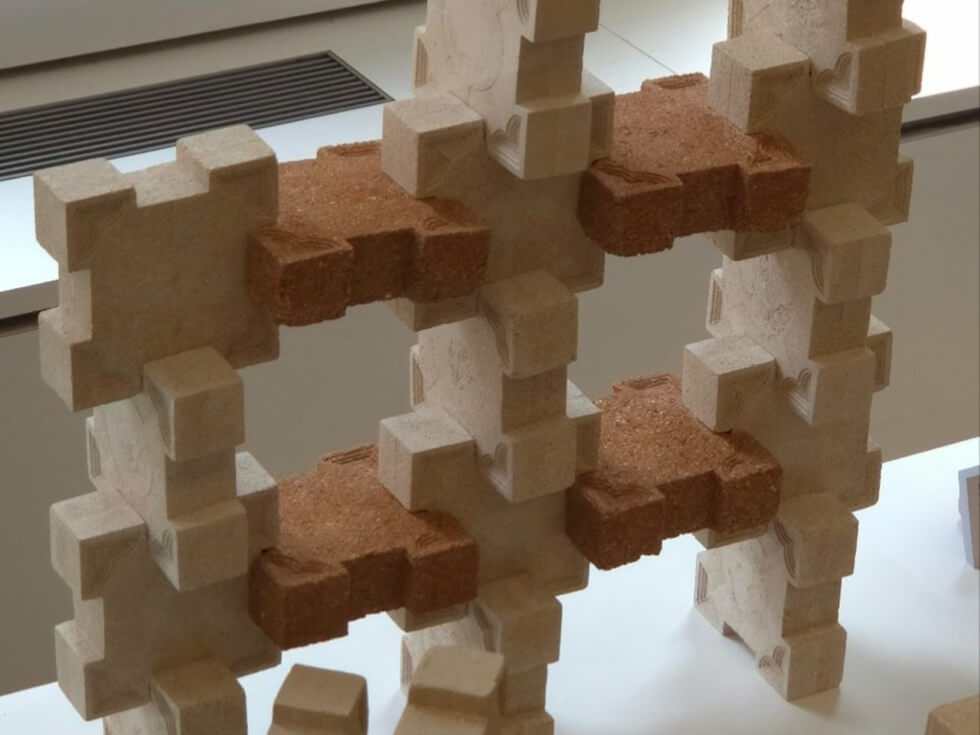
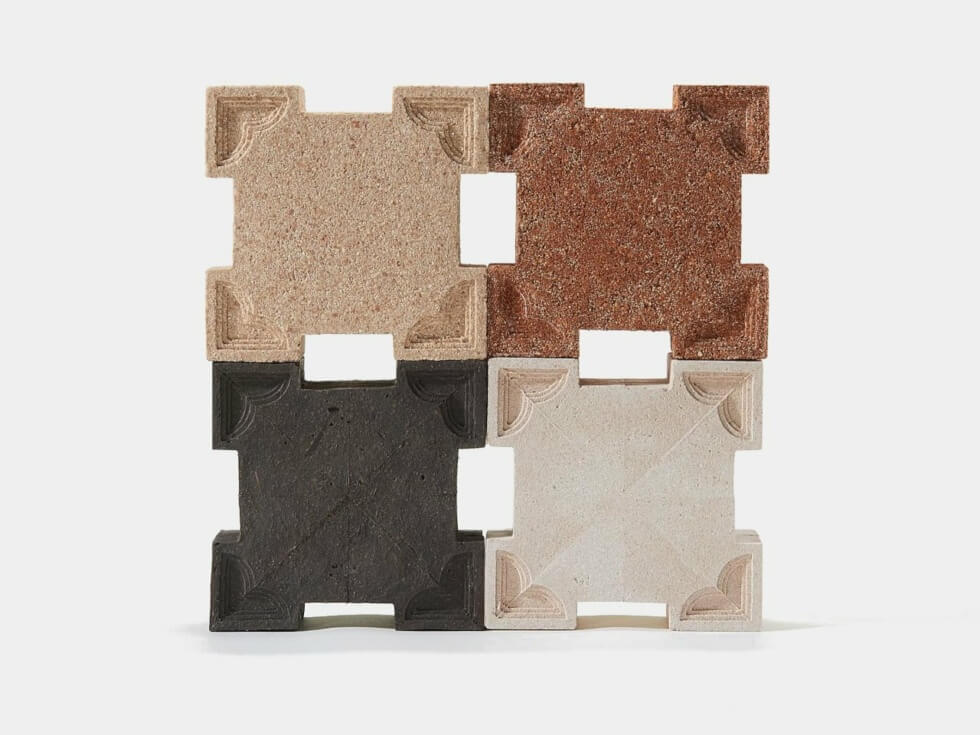
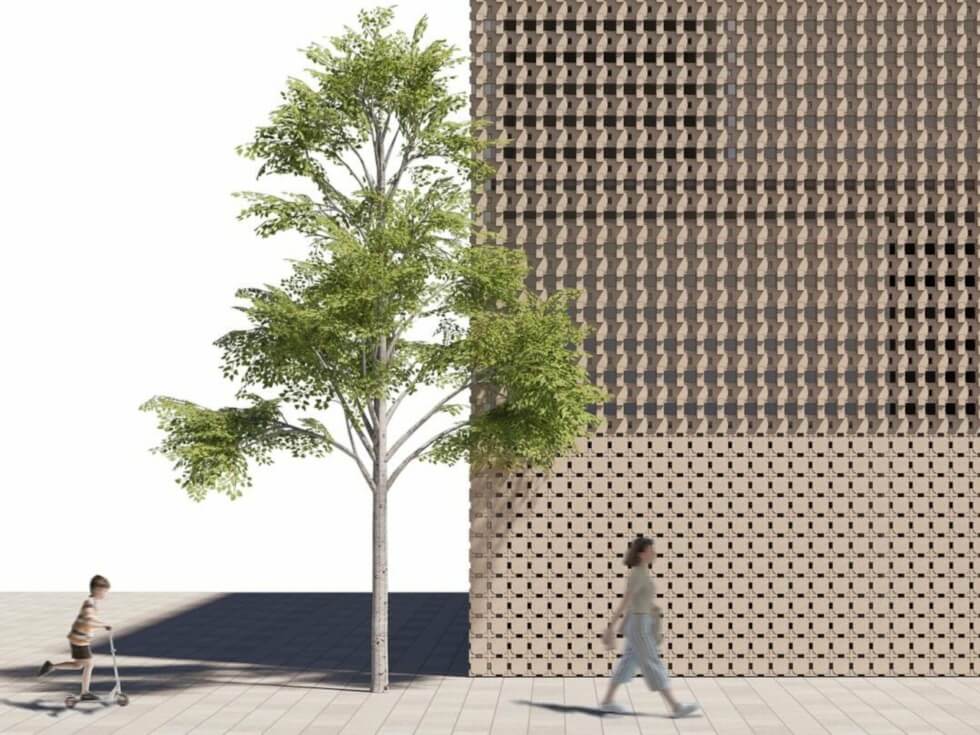
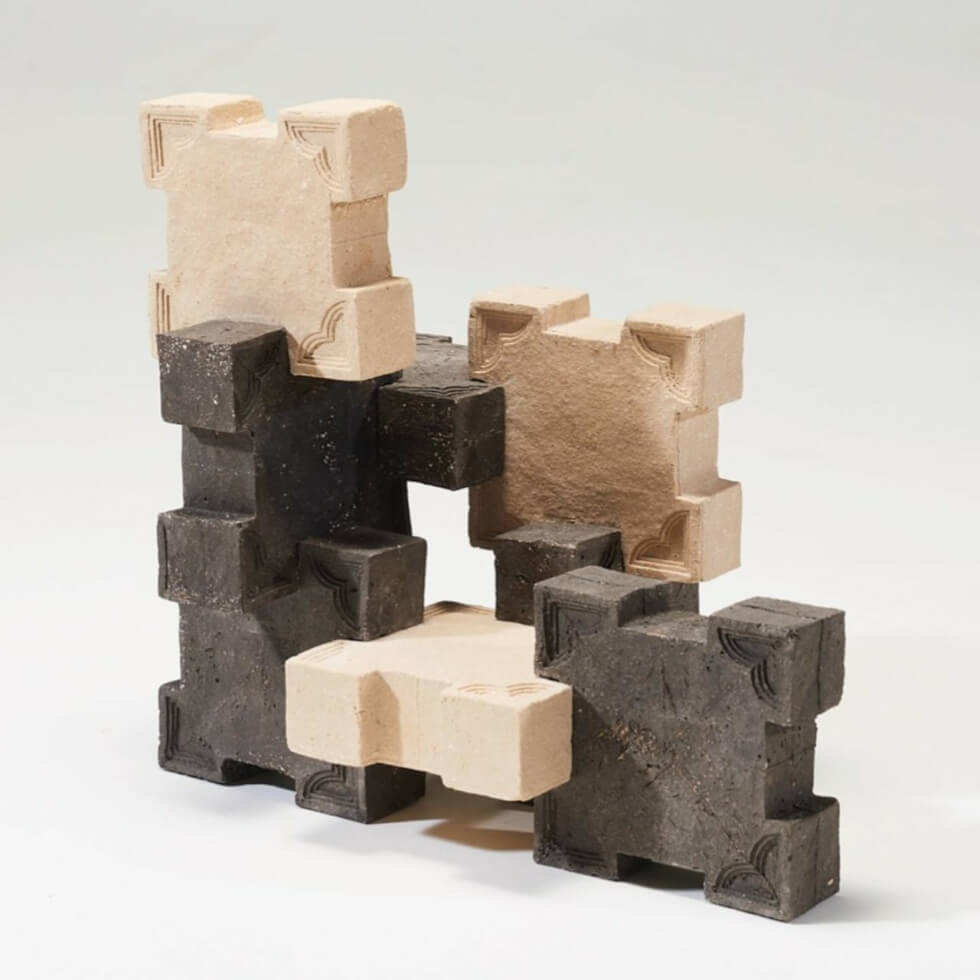
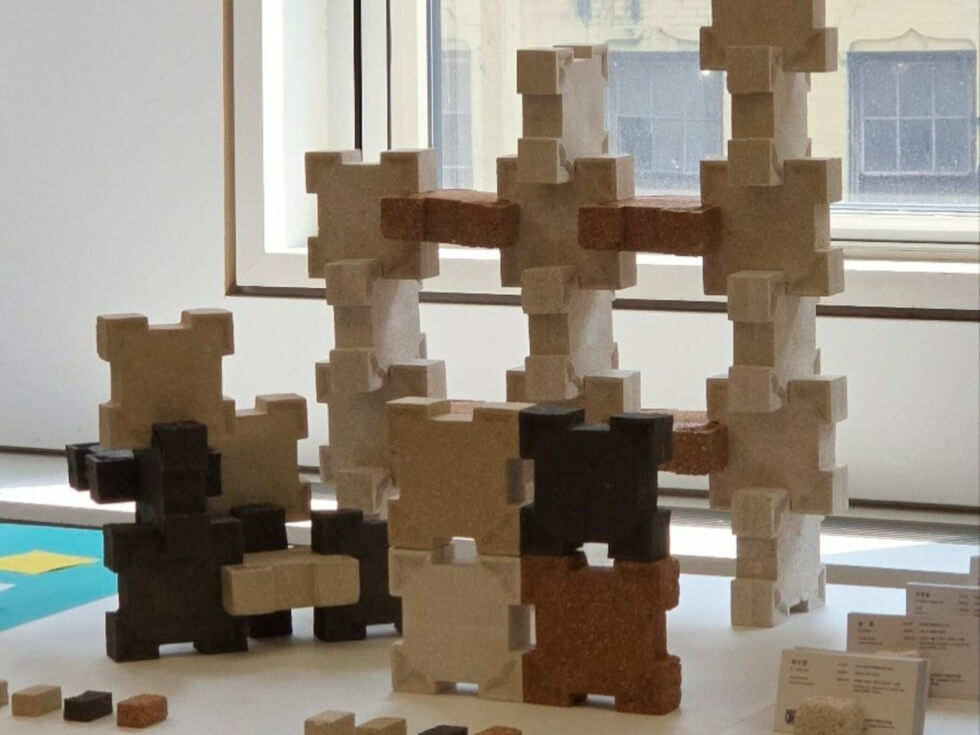
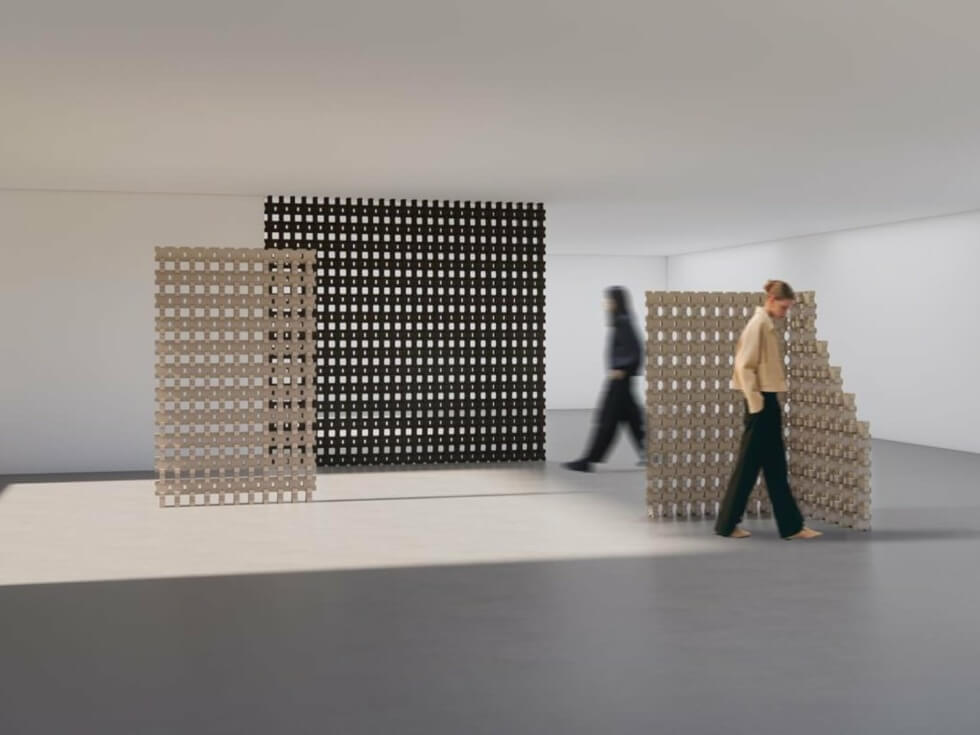
Images courtesy of Living Design Lab

